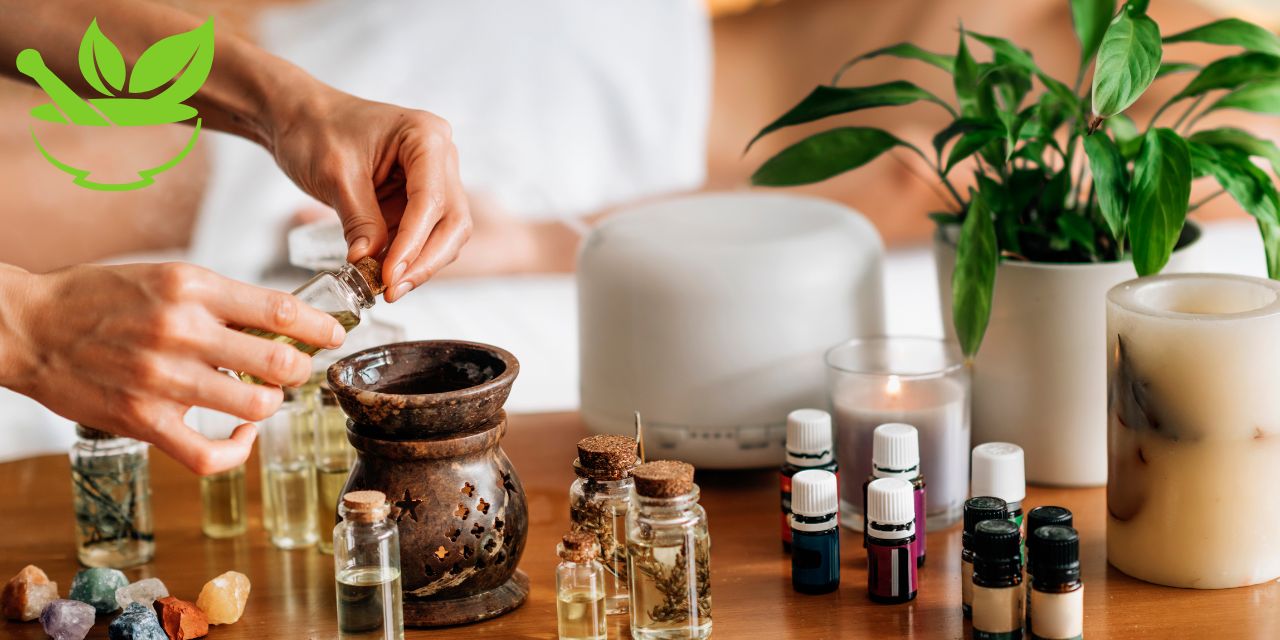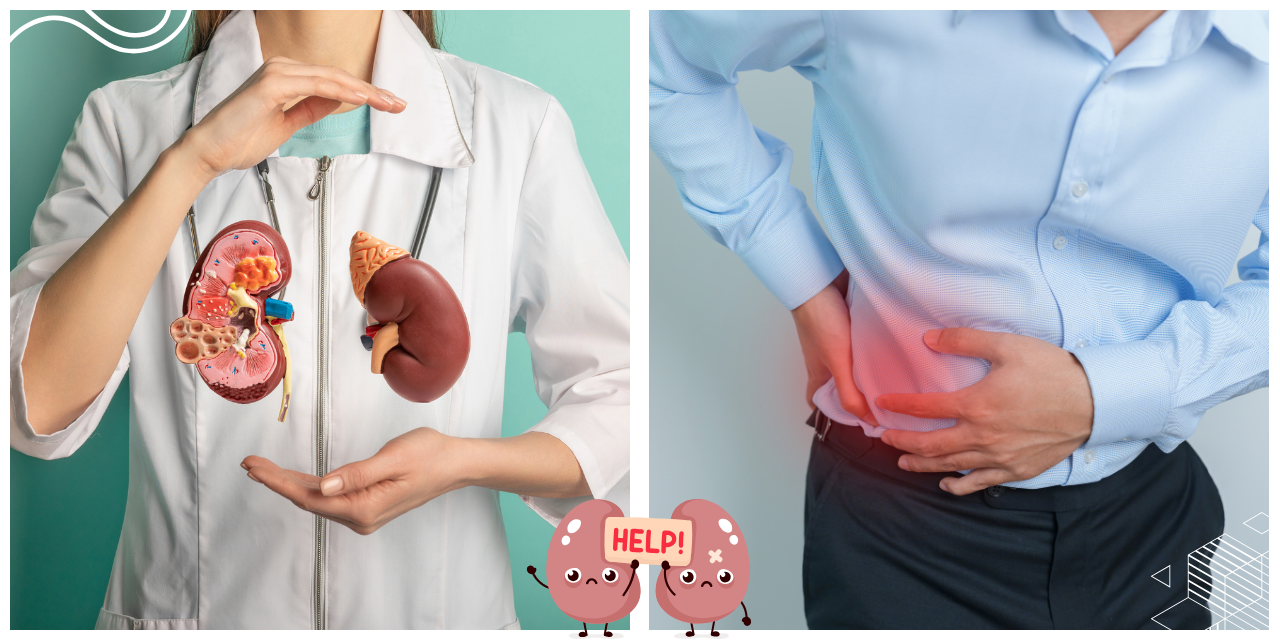Panchakarma, a vital aspect of Ayurveda, has been a cornerstone of holistic healing for centuries. This ancient therapy, which translates to “five actions,” is designed to detoxify the body and restore balance to the mind and spirit. With roots in the Indian subcontinent, Panchakarma is gaining recognition worldwide for its ability to promote wellness and rejuvenation. In this article, we will delve into the origins, principles, and methodologies of Five Treatments therapy.
The Origins of Panchakarma
Panchakarma has its origins in the Vedic texts, which date back over 5,000 years. These texts highlight the importance of balance in bodily systems and the interconnectedness of the body, mind, and spirit. Ayurvedic practitioners believe that health is achieved through a delicate balance of three fundamental energies, or doshas: Vata, Pitta, and Kapha. When these doshas are imbalanced, individuals may experience various health issues, both physical and mental.
Panchakarma is a time-honored practice that aims to restore this balance by eliminating toxins (ama) from the body. Toxins can accumulate due to poor diet, environmental factors, and stress, leading to various ailments. The therapy not only detoxifies but also rejuvenates the body, promoting optimal health and vitality.
Principles of Panchakarma
At its core, Panchakarma is built on several foundational principles that guide its practice:
- Detoxification: The primary goal of Panchakarma is to detoxify the body by removing accumulated toxins. This is achieved through various therapeutic techniques that stimulate the body’s natural elimination processes.
- Rejuvenation: Beyond detoxification, Five Treatments also focuses on rejuvenating the body and mind. The therapies employed during the treatment help restore energy levels and promote overall well-being.
- Individualization: Panchakarma therapies are tailored to meet the unique needs of each individual. Ayurvedic practitioners assess the patient’s dosha balance and health condition before recommending specific treatments.
- Holistic Approach: Panchakarma addresses not only physical health but also mental and spiritual well-being. The therapy integrates body, mind, and spirit to achieve comprehensive health.
Methodologies of Panchakarma
Panchakarma involves five main therapies, each serving a unique purpose:
- Vamana (Therapeutic Vomiting): This method is primarily used to expel excess Kapha dosha from the body. It helps in clearing mucus and toxins from the respiratory tract and digestive system. Vamana is beneficial for individuals suffering from respiratory disorders, obesity, and allergies.
- Virechana (Therapeutic Purgation): Virechana aims to cleanse the Pitta dosha and remove toxins from the liver and gallbladder. It is particularly effective for digestive issues, skin disorders, and conditions related to excess heat in the body.
- Basti (Therapeutic Enema): Basti therapy focuses on balancing Vata dosha by administering medicated oils or herbal decoctions through the rectum. This method is excellent for treating conditions such as arthritis, constipation, and neurological disorders.
- Nasya (Nasal Administration): This therapy involves the administration of herbal oils or powders through the nostrils to cleanse the nasal passages and sinuses. Nasya is beneficial for headaches, sinusitis, and respiratory issues.
- Raktamokshana (Bloodletting): Raktamokshana is a specialised therapy that involves the removal of impure blood to detoxify the body. It is used in specific conditions like skin disorders and blood-related diseases.
Benefits of Panchakarma
The benefits of Panchakarma are numerous and include:
- Detoxification: The primary benefit of Five Treatments is the elimination of toxins from the body, leading to improved health.
- Improved Digestion: Five Treatments therapies enhance digestive function and metabolism, promoting better nutrient absorption.
- Stress Relief: The holistic approach of Five Treatments helps reduce stress and anxiety, promoting mental clarity and relaxation.
- Enhanced Immunity: Regular Panchakarma treatments can strengthen the immune system, making the body more resilient against diseases.
- Skin Health: Panchakarma therapies can improve skin conditions, providing a natural glow and rejuvenating the skin.
Conclusion
Panchakarma is a profound healing practice that emphasises detoxification and rejuvenation, aligning with the core principles of Ayurveda. This ancient therapy not only addresses physical ailments but also nurtures mental and emotional well-being. For individuals seeking comprehensive health solutions, Panchakarma offers a natural and holistic approach.
If you are looking for effective Panchakarma therapies, Namoh Hospital, a renowned Ayurvedic hospital in Ambala, provides personalised treatments tailored to your health needs. With experienced practitioners and a commitment to holistic wellness, Namoh Hospital is dedicated to helping you achieve optimal health and vitality through the healing power of Panchakarma. Embrace this ancient healing science today and embark on your journey to wellness. To get more information please contact us on : +919056579090.













